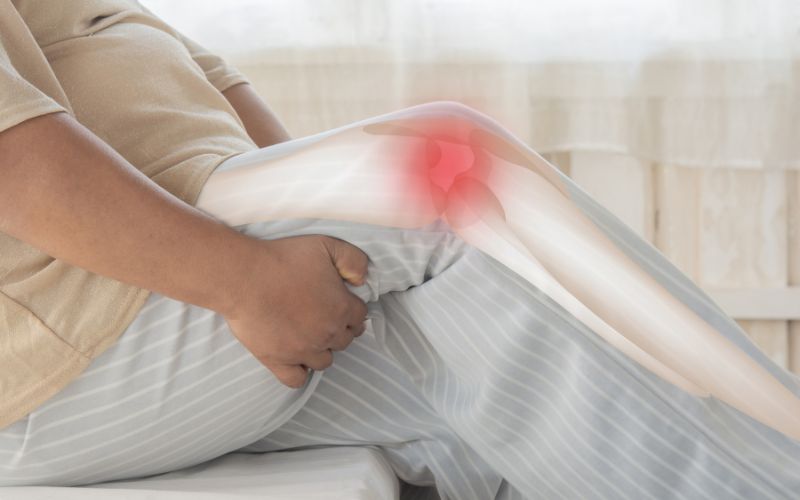By optimizing the workspace to fit the worker, ergonomic solutions can reduce the risk of injury and promote employee well-being.
In this comprehensive guide, we will explore the different ergonomic solutions that can help reduce musculoskeletal disorders.
What are Musculoskeletal Disorders?
MSDs are injuries and disorders that affect the musculoskeletal system, including muscles, tendons, nerves, and joints. Common MSDs in the workplace include carpal tunnel syndrome, tendonitis, bursitis, and back pain. These injuries can occur due to repetitive motions, awkward postures, forceful exertions, and sustained exertions.
The Importance of Ergonomic Solutions for Reducing MSDs
Ergonomic solutions are essential in reducing MSDs in the workplace. By optimizing the workspace to fit the worker, ergonomic solutions can reduce the risk of injury and promote employee well-being. Benefits of ergonomic solutions include reduced healthcare costs, improved productivity, and better employee well-being.
Ergonomic Solutions for Reducing MSDs
Proper Seating:
Proper seating and proper ergonomic positions are important ergonomic solutions for reducing MSDs. It is essential to have chairs that provide proper support and can be adjusted to fit the worker’s body. Features of ergonomic chairs include adjustable height, backrest, and armrests. Benefits of ergonomic chairs include improved posture, reduced pressure on the spine, and reduced strain on the neck and shoulders.
Adjustable Workstations
Adjustable workstations are another important ergonomic solution for reducing MSDs. These workstations can be adjusted to fit the worker’s height and posture, reducing strain on the neck, back, and shoulders. Features of adjustable workstations include adjustable height, tilt, and swivel. Benefits of adjustable workstations include improved posture, reduced strain on the neck, back, and shoulders, and increased productivity.
Proper Lifting Techniques
Proper lifting techniques are essential in reducing the risk of MSDs in the workplace. It is important to use proper lifting techniques to avoid straining the back and shoulders. Techniques for safe lifting include keeping the back straight, using the legs to lift, and avoiding twisting. Benefits of proper lifting techniques include reduced risk of back pain and strain on the back and shoulders.
Ergonomic Tools and Equipment
Ergonomic tools and equipment can also help reduce the risk of MSDs in the workplace. These tools and equipment are designed to fit the worker’s body and reduce the risk of injury. Examples of ergonomic tools and equipment include ergonomic keyboards, mouse, and footrests. Benefits of ergonomic tools and equipment include reduced risk of injury and increased productivity.
Stretching and Exercise
Stretching and exercise are important in reducing the risk of MSDs in the workplace. Simple exercises such as neck rotations, shoulder shrugs, and wrist stretches can help reduce the risk of injury. Benefits of stretching and exercise include improved posture, increased flexibility, and reduced risk of injury.
FAQ
Common symptoms of MSDs include pain, swelling, stiffness, and numbness.
Ergonomic solutions can vary in cost depending on the specific solution and the size of the workplace. However, the cost of implementing ergonomic solutions is often outweighed by the benefits of reducing healthcare costs and increasing productivity.
Employers are responsible for providing a safe working environment for their employees, which includes implementing ergonomic solutions to prevent musculoskeletal disorders. However, employees also have a role to play by following safe work practices and reporting any potential hazards to their employer. Collaboration between employers and employees is crucial in implementing effective ergonomic solutions.
Conclusion
In conclusion, musculoskeletal disorders are a common issue in many workplaces and can lead to chronic pain, decreased productivity, and increased healthcare costs. Implementing ergonomic solutions is a proactive approach to reducing the risk of MSDs and promoting employee wellbeing. By providing proper seating, adjustable workstations, proper lifting techniques, ergonomic tools and equipment, and encouraging stretching and exercise, employers can create a safer and healthier working environment.






